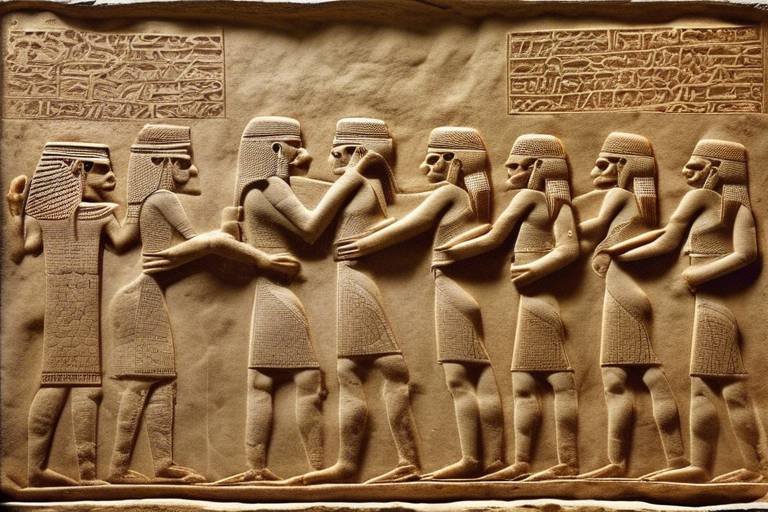The Secrets of Ancient Egyptian Art and Sculpture
Ancient Egyptian art and sculpture hold within them the mysteries and wonders of a civilization that thrived thousands of years ago. These masterpieces, crafted with precision and purpose, serve as windows to the past, offering glimpses into the beliefs, daily life, and aspirations of the ancient Egyptians. From intricate hieroglyphics adorning temple walls to grand statues depicting pharaohs as divine rulers, each piece of art tells a story steeped in symbolism and cultural significance.
When we delve into the world of ancient Egyptian art, we embark on a journey of discovery, unraveling the hidden meanings and messages embedded in every stroke of the brush and chisel mark. The use of symbols such as the Ankh, representing life and immortality, and the meticulous attention to detail in depicting animals and deities reveal a society deeply connected to its spiritual beliefs and the natural world.
The techniques employed by ancient Egyptian artisans in sculpting monumental works from materials like limestone and granite showcase a level of craftsmanship that has stood the test of time. Through a combination of skillful carving, painting, and sculpting, these artists brought to life statues and reliefs that immortalized pharaohs, gods, and everyday scenes from Egyptian life.
As we explore the tombs and temples of ancient Egypt, we are greeted by artistic marvels that continue to awe and inspire. The grandeur of these structures, adorned with colorful murals, intricate hieroglyphs, and imposing statues, serves as a testament to the reverence and dedication the ancient Egyptians held for their gods and the afterlife.
Throughout the centuries, the artistic styles of ancient Egypt evolved, reflecting the changing dynasties and cultural influences of the time. From the realistic portrayals of the Old Kingdom to the idealized beauty of the New Kingdom, each era brought forth new innovations and artistic expressions that shaped the legacy of Egyptian art.
Today, the legacy of ancient Egyptian art continues to resonate in modern culture, influencing art, architecture, and design around the world. The iconic images of the Sphinx, the pyramids, and the intricate hieroglyphic patterns have inspired artists and designers, leaving an indelible mark on the creative landscape.
As we marvel at these artistic treasures from the past, we are reminded of the importance of preserving and conserving these artifacts for future generations. The challenges of protecting ancient Egyptian art from decay and damage require innovative techniques and technologies to ensure that these priceless pieces of history endure for centuries to come.
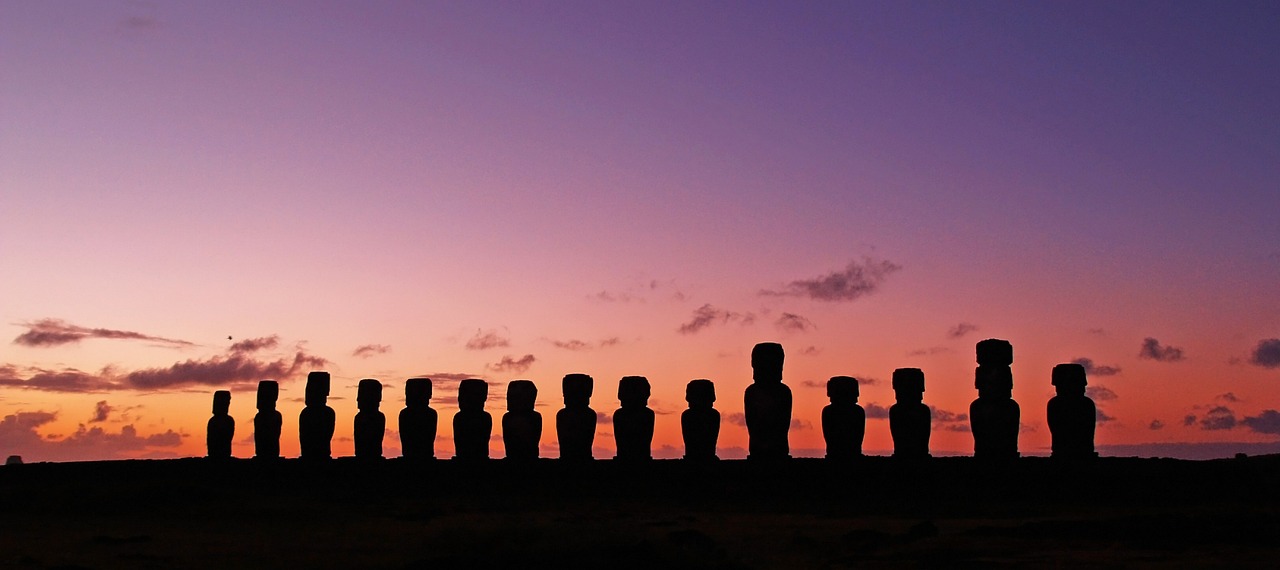
Ancient Egyptian Art: A Window to the Past
Ancient Egyptian art serves as a captivating window to the past, offering a glimpse into the rich tapestry of this ancient civilization. Through intricate hieroglyphics, vibrant paintings, and majestic sculptures, the art of ancient Egypt provides invaluable insights into the society's religious beliefs, daily rituals, and profound reverence for the afterlife. It is a testament to the creativity and ingenuity of a culture that continues to intrigue and inspire us to this day.

Symbols and Meanings in Egyptian Art
Exploring the fascinating world of ancient Egyptian art and sculpture, uncovering the symbolism, techniques, and cultural significance behind these masterpieces that have captivated the world for centuries.
Discover the role of art in ancient Egyptian society, reflecting religious beliefs, daily life, and the afterlife through intricate hieroglyphics, paintings, and sculptures.
Unravel the hidden messages and symbolic representations in Egyptian art, from the use of animals like the Ankh to the significance of colors and shapes in their creations.
Ancient Egyptian art is rich in symbols and meanings, each element carefully chosen to convey deeper messages and beliefs. One of the most iconic symbols in Egyptian art is the Ankh, representing life and immortality. The use of animals like the falcon or the scarab beetle also held significant meanings, symbolizing various gods and concepts. Colors such as blue for the sky and water, or red for life and vitality, were meticulously selected to enhance the symbolism of the artworks. Shapes like the pyramid symbolized the eternal nature of the pharaoh's rule, while the lotus flower represented rebirth and regeneration.
Explore the craftsmanship behind Egyptian sculpture, including the tools, materials like limestone and granite, and the meticulous process of carving and painting these monumental works.
Delve into the portrayal of pharaohs as divine rulers and gods in Egyptian art, examining the iconic statues, reliefs, and paintings that immortalized their power and authority.
Step inside the elaborate tombs and grand temples adorned with stunning artworks, murals, and statues that served as tributes to the gods and the deceased.
Trace the development of artistic styles and techniques across different Egyptian dynasties, from the Old Kingdom's realism to the New Kingdom's idealized portrayals of beauty and strength.
Examine the enduring influence of ancient Egyptian art on contemporary art, architecture, and design, from the Sphinx to the obelisks, inspiring artists and designers worldwide.
Learn about the challenges and techniques involved in preserving and conserving ancient Egyptian artifacts, including the use of modern technology and methods to protect these treasures for future generations.
Q: How did ancient Egyptians use symbols in their art?
A: Ancient Egyptians used symbols to convey deeper meanings and beliefs, such as the Ankh representing life and immortality, and animals symbolizing various gods and concepts.
Q: What materials were commonly used in Egyptian sculpture?
A: Egyptian sculptors often used materials like limestone and granite for their monumental works, showcasing intricate craftsmanship and attention to detail.
Q: How has ancient Egyptian art influenced modern culture?
A: The legacy of ancient Egyptian art can be seen in contemporary art, architecture, and design, with iconic symbols and motifs inspiring artists and designers around the world.
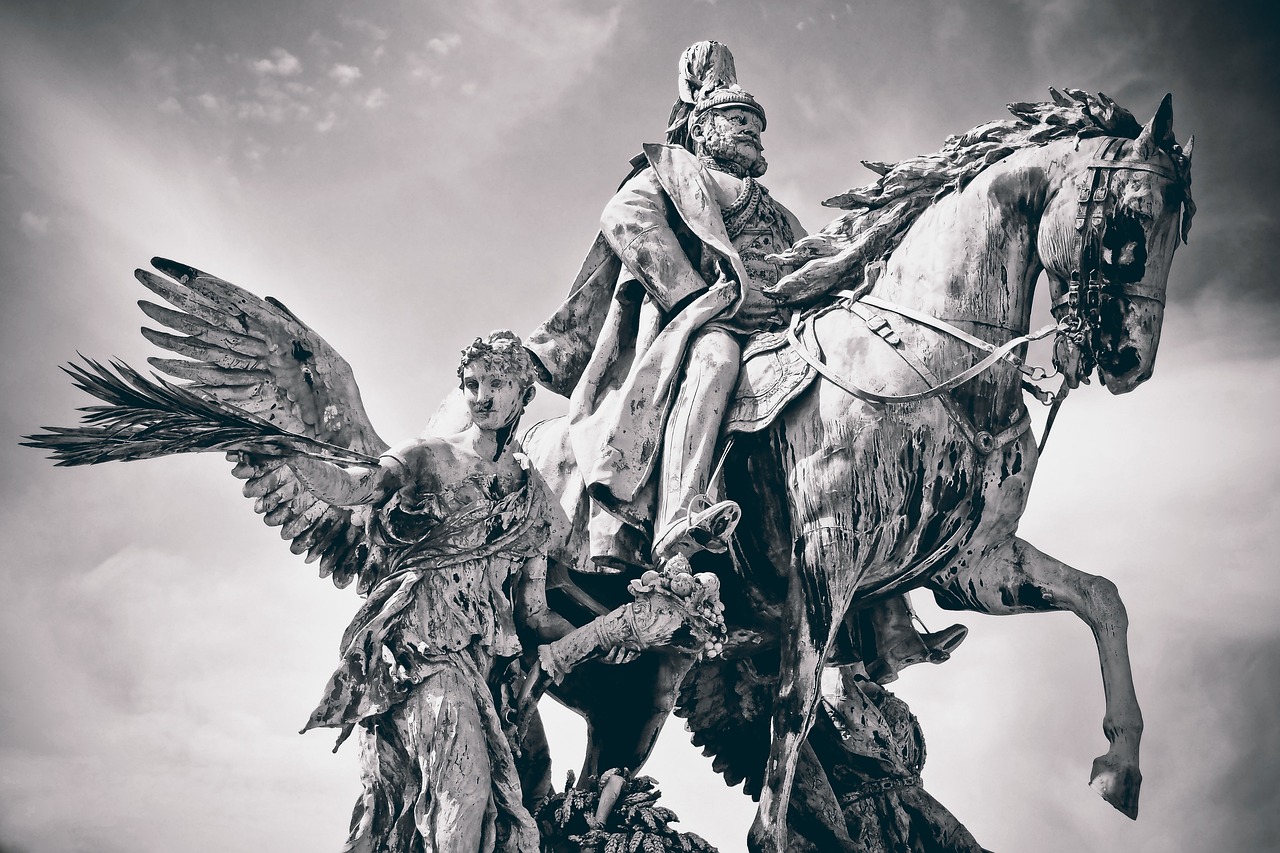
Techniques and Materials of Egyptian Sculpture
When it comes to Egyptian sculpture, the techniques and materials used reveal the incredible skill and dedication of ancient artisans. Sculptures in ancient Egypt were primarily made from durable materials such as limestone, granite, and basalt, which allowed them to withstand the test of time. These materials were carefully selected for their quality and longevity, ensuring that the sculptures would last for eternity.
The process of creating Egyptian sculptures involved intricate carving and sculpting techniques that required precision and expertise. Artisans used a variety of tools such as chisels, hammers, and drills to shape the stone into detailed figures and reliefs. The meticulous craftsmanship involved in sculpting these monumental works is truly awe-inspiring, showcasing the artistic prowess of ancient Egyptian sculptors.
One of the distinctive features of Egyptian sculpture is the use of symbolism and hieroglyphics to convey meaning and tell stories. Sculptures often depicted gods, pharaohs, and mythical creatures, each with symbolic significance that reflected the beliefs and values of ancient Egyptian society. The use of hieroglyphics added another layer of meaning to the sculptures, providing insights into the spiritual and cultural aspects of the time.
Painting was also an essential part of the sculpting process, with vibrant colors used to enhance the beauty and realism of the sculptures. Artists carefully applied pigments to bring the figures to life, adding depth and dimension to their creations. The combination of sculpting and painting techniques resulted in visually stunning sculptures that continue to captivate audiences around the world.

Depictions of Pharaohs and Deities
When it comes to ancient Egyptian art, one cannot overlook the profound depictions of pharaohs and deities that dominate the artistic landscape. These representations go beyond mere artistic expression; they serve as powerful symbols of authority, divinity, and eternal legacy.
The pharaohs, believed to be the living embodiments of gods on earth, were immortalized through grand statues, intricate reliefs, and vibrant paintings. These artistic renderings not only showcased the physical prowess and regal attire of the pharaohs but also conveyed their divine status and connection to the spiritual realm.
Depicted with symbolic headdresses, scepters, and traditional attire, pharaohs were often shown in larger-than-life forms, emphasizing their importance and power in Egyptian society. The meticulous attention to detail in these artworks reflects the reverence and awe with which the pharaohs were held.
Similarly, Egyptian deities, representing various aspects of nature, life, and the afterlife, were depicted in art with a blend of human and animal characteristics. The gods and goddesses were portrayed in a way that communicated their roles and attributes, with each symbol and pose carrying deep meaning and significance.
Whether it was the majestic figure of Ra, the sun god, with a falcon head and sun disk, or the graceful Isis, the goddess of magic and motherhood, with outstretched wings, every deity was brought to life through intricate details and rich symbolism.
Through these depictions of pharaohs and deities, ancient Egyptian art not only captured the essence of a civilization rooted in spirituality and divine rulership but also provided a visual narrative of a culture that believed in the eternal power of art to transcend time and mortality.
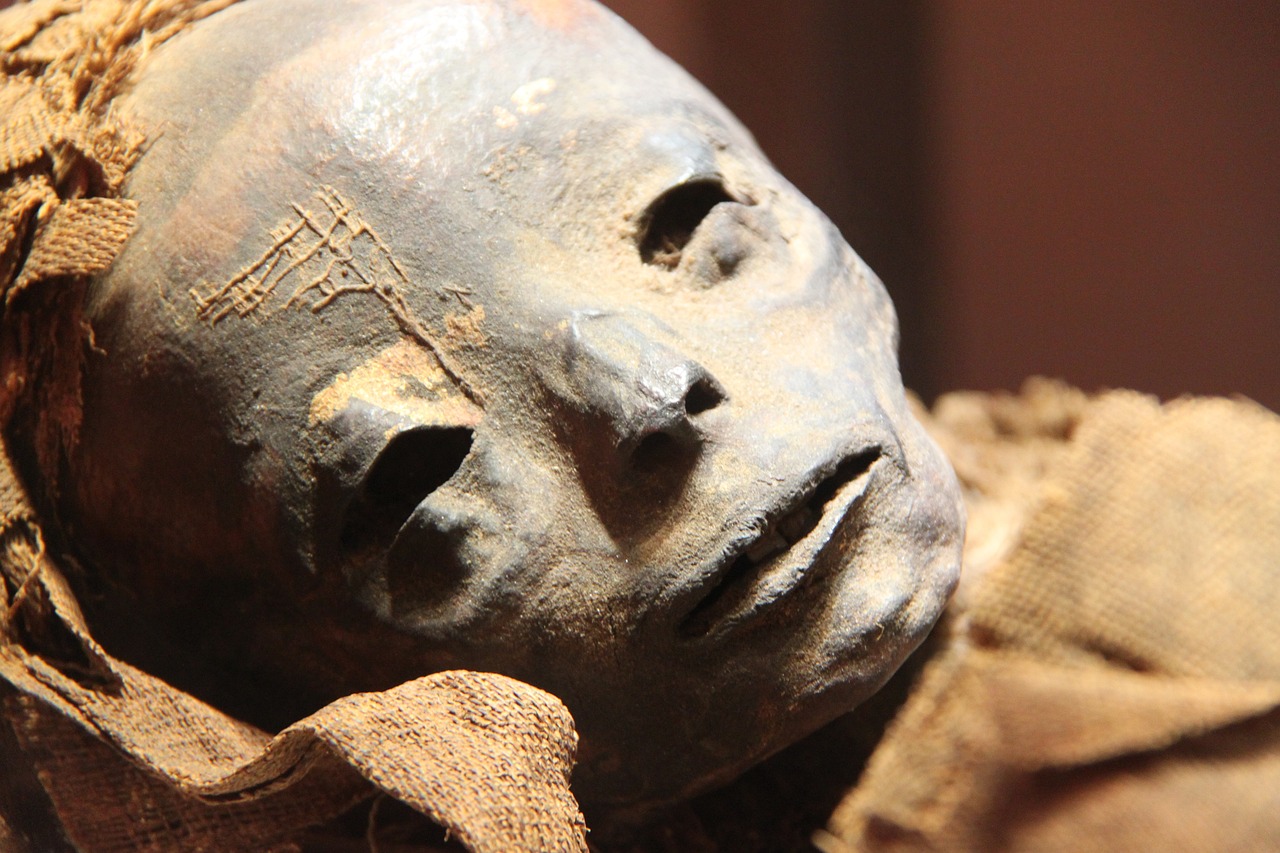
Tombs and Temples: Artistic Marvels of Ancient Egypt
Tombs and temples in ancient Egypt stand as magnificent testaments to the artistic prowess and spiritual beliefs of this ancient civilization. These structures, adorned with intricate artworks, murals, and statues, served not only as places of worship and burial but also as reflections of the Egyptians' deep connection to the divine and the afterlife.
The tombs of pharaohs, such as the famous Valley of the Kings, were elaborate underground chambers filled with treasures and intricate paintings depicting scenes from the deceased ruler's life and journey to the afterlife. These tombs were not just resting places but were designed to ensure the pharaoh's successful transition to the next world, surrounded by symbols of protection and guidance.
On the other hand, temples like the iconic Temple of Karnak were grand structures dedicated to the gods, where priests performed rituals and ceremonies to honor the deities. These temples were adorned with massive statues of gods and pharaohs, intricate carvings depicting mythological stories, and hieroglyphic inscriptions that conveyed religious teachings and historical events.
One of the most remarkable examples of Egyptian temple architecture is the Temple of Abu Simbel, built by Ramses II to showcase his power and devotion to the gods. The colossal statues at the entrance, the precision of the alignment with the sun's rays on specific dates, and the intricate reliefs inside all exemplify the grandeur and sophistication of ancient Egyptian temple construction.
These artistic marvels not only served religious and funerary purposes but also stood as symbols of the Egyptians' mastery of architecture, engineering, and artistic expression. The meticulous craftsmanship and attention to detail in every carving, painting, and sculpture within these tombs and temples continue to awe and inspire visitors from around the world, offering a glimpse into the rich cultural heritage of ancient Egypt.

Evolution of Artistic Styles in Ancient Egypt
Throughout the rich tapestry of ancient Egyptian art history, the evolution of artistic styles reflects the changing sociopolitical landscape and cultural influences of the time. From the early dynasties of the Old Kingdom to the flourishing period of the New Kingdom, the art of ancient Egypt underwent significant transformations, each era leaving its unique mark on the artistic legacy of the civilization.
In the Old Kingdom, artistic representations focused on realism and precision, capturing the details of daily life, architecture, and religious ceremonies with meticulous accuracy. Sculptures and reliefs from this period exemplify the Egyptians' mastery of form and proportion, showcasing a commitment to portraying the world as it was perceived.
As the civilization progressed into the Middle Kingdom, artistic styles began to shift towards more expressive and emotive representations. The human form became more dynamic, with figures displaying movement and gesture, conveying a sense of vitality and energy that was previously unseen in Egyptian art. This period also saw an increase in the use of symbolism and allegory, adding layers of meaning to artistic compositions.
By the time of the New Kingdom, artistic styles in ancient Egypt had reached new heights of grandeur and sophistication. Idealized portrayals of pharaohs, gods, and goddesses emphasized beauty, power, and divine authority, reflecting the heightened religious and political significance of the ruling elite. Monumental statues, intricate reliefs, and vibrant paintings adorned temples and tombs, showcasing the artistic prowess and creative vision of the period.
Moreover, the Amarna period, marked by the reign of Pharaoh Akhenaten, introduced a revolutionary artistic style characterized by naturalism and a departure from traditional conventions. The art of this era displayed a more intimate and personal portrayal of the royal family, emphasizing naturalistic features and emotional depth in a departure from the idealized representations of previous dynasties.
Overall, the evolution of artistic styles in ancient Egypt reflects not only the artistic achievements of the civilization but also the shifting cultural, religious, and political dynamics that shaped the artistic landscape over millennia. From the Old Kingdom's focus on realism to the New Kingdom's embrace of idealized beauty, each period contributed to the diverse and enduring legacy of ancient Egyptian art that continues to captivate and inspire audiences around the world.
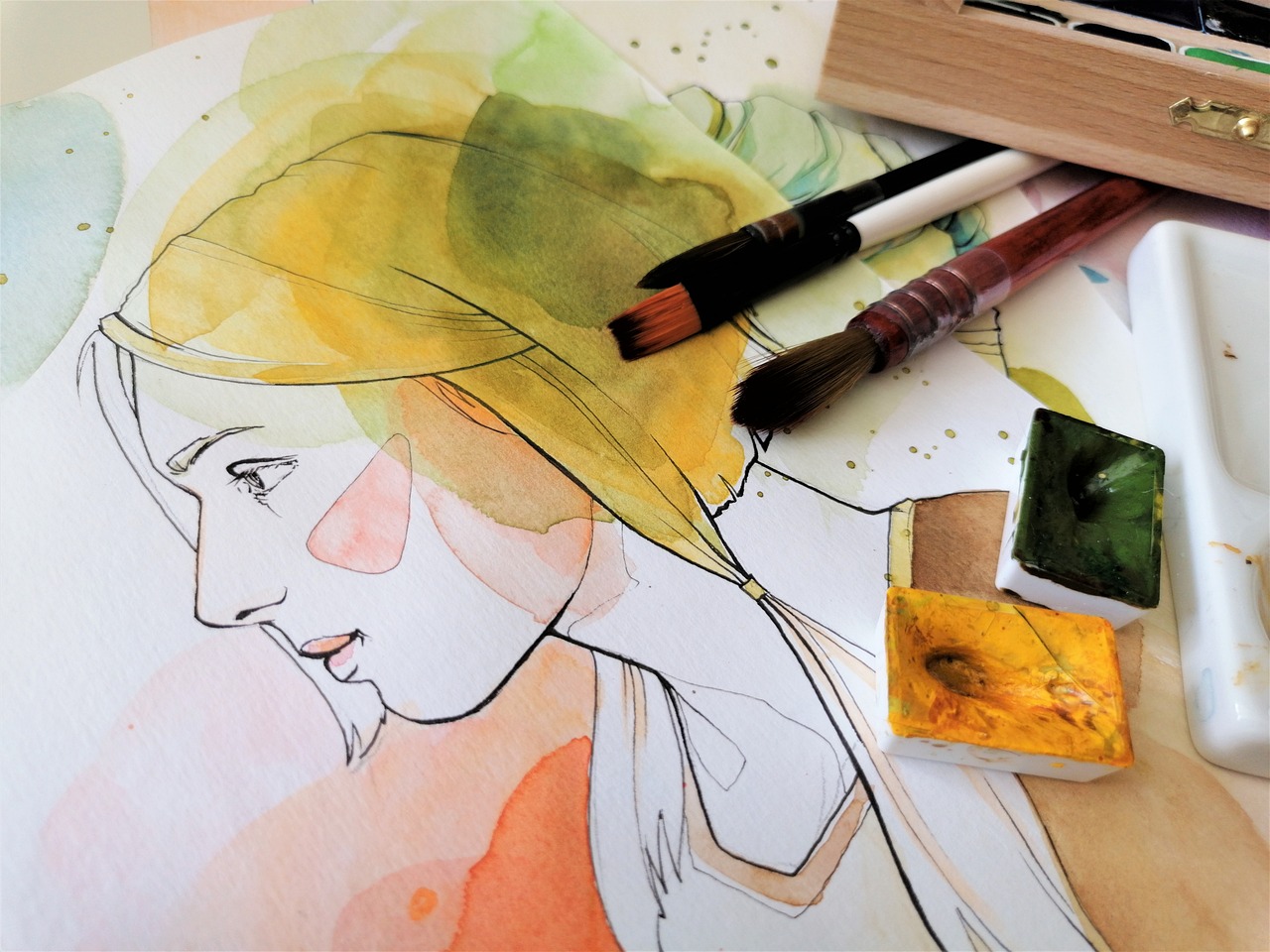
Legacy of Egyptian Art in Modern Culture
The legacy of ancient Egyptian art continues to resonate in modern culture, transcending time and inspiring artists, architects, and designers worldwide. The iconic symbols and motifs of Egyptian art, such as the majestic pyramids, the enigmatic Sphinx, and the intricate hieroglyphics, have left an indelible mark on contemporary creative expression. Just as the ancient Egyptians sought to immortalize their beliefs and achievements through art, modern creators draw upon these timeless themes to infuse their works with a sense of mystery, grandeur, and spirituality.
The influence of Egyptian art can be seen in various forms, from the use of obelisks in city squares to the incorporation of hieroglyphic patterns in fashion and interior design. The fascination with the mystical allure of ancient Egypt pervades popular culture, with movies, books, and exhibitions dedicated to exploring its enigmatic beauty. The enduring appeal of Egyptian art lies in its ability to evoke a sense of wonder and awe, inviting viewers to contemplate the mysteries of the past and the eternal quest for immortality.
In the realm of architecture, the legacy of Egyptian art is evident in the monumental structures that echo the grandeur of the pyramids and temples. The sleek lines and geometric precision of ancient Egyptian design continue to inspire contemporary architects, who pay homage to the timeless elegance and mathematical harmony of this ancient civilization. From towering skyscrapers to museum facades, the spirit of Egyptian art lives on in the modern skyline, a testament to the enduring power of artistic vision across the ages.
Artists and designers draw upon the rich visual language of Egyptian art to create works that capture the imagination and evoke a sense of awe. The bold colors, intricate patterns, and symbolic motifs of ancient Egypt infuse modern creations with a sense of mystique and sophistication, bridging the gap between past and present. Whether in paintings, sculptures, or digital art, the legacy of Egyptian art serves as a wellspring of inspiration, inviting creators to explore the depths of human creativity and imagination.
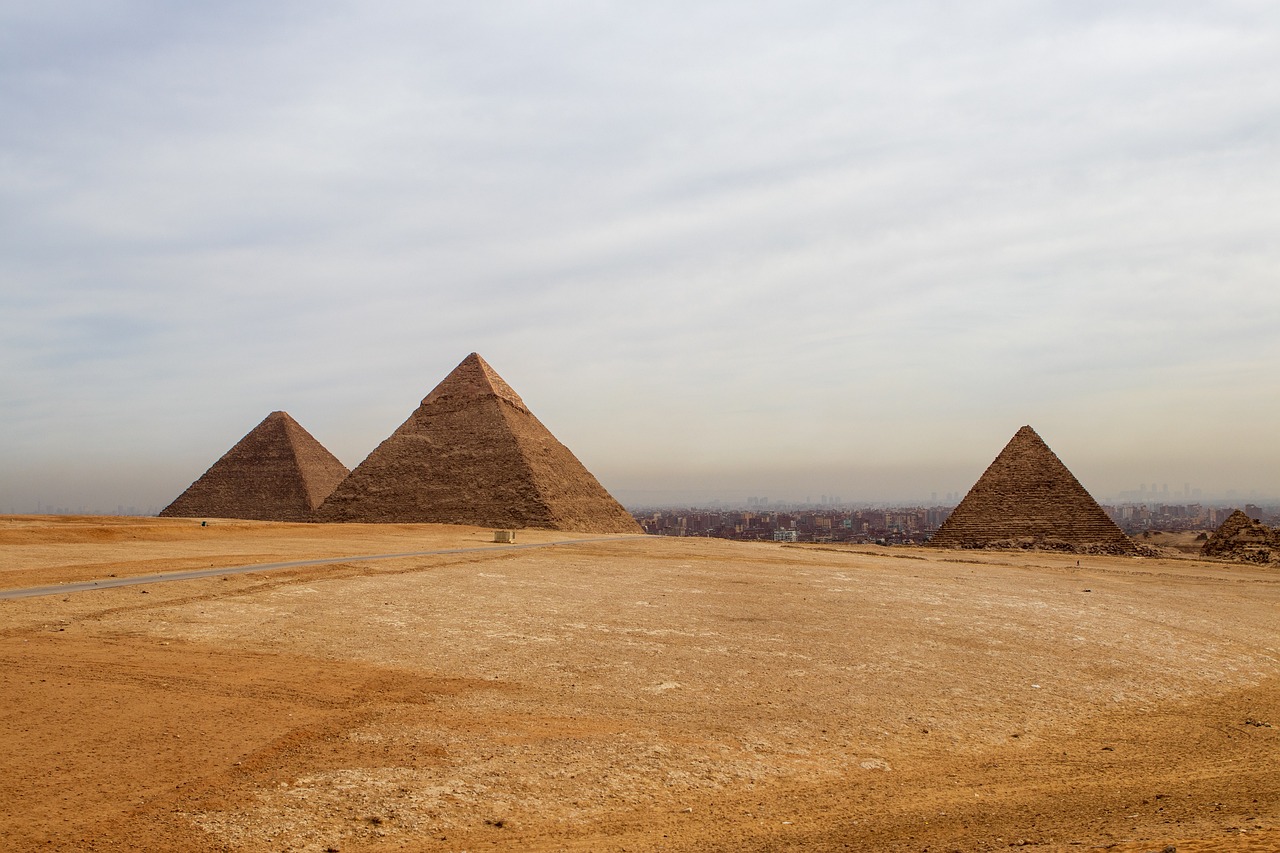
Preservation and Conservation of Egyptian Artifacts
Preservation and conservation of Egyptian artifacts is a critical endeavor that requires meticulous care and expertise to safeguard these precious pieces of history for future generations. The ancient artifacts, ranging from delicate papyrus scrolls to massive stone statues, face numerous challenges due to their age and fragility.
Conservationists employ a variety of techniques to prevent deterioration and ensure the longevity of these artifacts. One common method is the use of controlled environments to regulate temperature and humidity, which helps to prevent mold growth and degradation of materials.
Another crucial aspect of artifact preservation is proper handling and storage. Artifacts are often stored in specially designed containers or display cases to protect them from physical damage and environmental factors. Additionally, regular inspections and maintenance are essential to monitor the condition of the artifacts and address any signs of deterioration promptly.
Advanced technologies such as 3D scanning and digital modeling have revolutionized the field of artifact conservation, allowing experts to create detailed digital replicas for study and analysis while minimizing the need for physical handling.
Conservation efforts also extend to the restoration of damaged artifacts, where skilled conservators use specialized tools and materials to repair and stabilize the pieces without compromising their authenticity. This delicate process requires a deep understanding of the artifact's composition and historical context.
Overall, the preservation and conservation of Egyptian artifacts play a vital role in maintaining the cultural heritage of ancient Egypt and ensuring that these remarkable treasures continue to inspire and educate future generations.
Frequently Asked Questions
- What is the significance of Egyptian art and sculpture?
Ancient Egyptian art and sculpture hold immense cultural and historical significance, serving as a window into the beliefs, rituals, and daily life of this ancient civilization. These artworks not only reflect the religious and spiritual beliefs of the Egyptians but also showcase their advanced craftsmanship and artistic techniques.
- How were Egyptian sculptures and artworks created?
Egyptian sculptures were typically crafted from durable materials like limestone and granite using specialized tools such as chisels and hammers. Artists employed meticulous techniques to carve and paint these masterpieces, often depicting pharaohs, deities, and symbolic motifs with great precision and detail.
- What are some common symbols found in Egyptian art?
Ancient Egyptian art is rich in symbolism, with common motifs including the Ankh (symbol of life), the Eye of Horus (symbol of protection), and the scarab beetle (symbol of rebirth). Colors like blue (representing the Nile) and gold (symbolizing the sun god Ra) were also significant in their artworks.
- How has Egyptian art influenced modern culture?
The legacy of Egyptian art can be seen in various aspects of modern culture, from architecture to fashion. Iconic symbols like the Sphinx and hieroglyphics have inspired artists and designers worldwide, leaving a lasting impact on art movements and design trends.
- What challenges are faced in preserving Egyptian artifacts?
Preserving ancient Egyptian artifacts poses numerous challenges due to factors like environmental degradation, improper handling, and the passage of time. Conservation efforts involve using advanced technologies and methods to protect these treasures and ensure they are safeguarded for future generations to appreciate.





